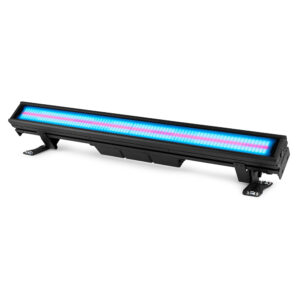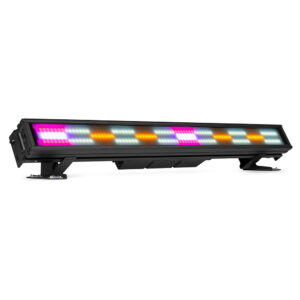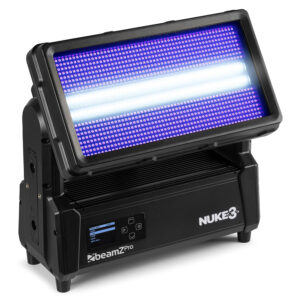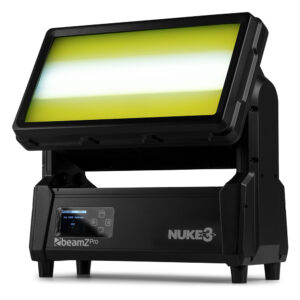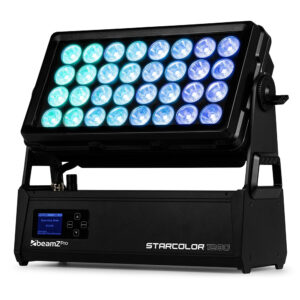Architectural Lighting
Illuminate your spaces with captivating Architectural Lighting solutions. Explore our range of outdoor lighting options.

Showing 1–18 of 38 results
Showing 1–18 of 38 results
Architectural Lighting
Architectural lighting has the remarkable ability to transform ordinary spaces into visually captivating environments, enhancing their aesthetic appeal and functionality. From accentuating architectural features to providing safety and creating immersive experiences, strategic lighting design elevates the atmosphere and showcases the unique characteristics of any structure.
Enhancing Spaces with Illumination
Architectural lighting has the power to transcend ordinary spaces, turning them into visually captivating environments. From enhancing safety and security to creating immersive experiences, architectural lighting techniques contribute greatly to the aesthetic of any building. Whether it’s illuminating facades, accentuating architectural features, or providing ambient lighting, the strategic use of lighting design can elevate the overall atmosphere and showcase the unique characteristics of any structure.
Architectural lighting serves multiple purposes beyond mere illumination. By carefully selecting lighting fixtures, designing lighting layouts, and considering colour temperatures, designers can transform a building’s exterior and interior into a dynamic and enchanting visual spectacle. Exterior architectural lighting not only highlights the beauty of a structure but also ensures safety and security by illuminating pathways, entrances, and parking areas. It creates a welcoming ambience and can even act as a wayfinding tool, guiding visitors through a space.
Indoor lighting is equally important in creating inviting and functional spaces. By combining various lighting techniques such as task lighting, accent lighting, and ambient lighting, designers can establish the desired mood, highlight key architectural elements, and emphasise the unique character of an interior. Proper lighting can enhance the functionality of different areas, such as offices, retail spaces, or museums, while also creating visually stimulating and comfortable environments for occupants.
Benefits of Architectural Lighting
This lighting provides a host of benefits that extend beyond basic illumination. In outdoor settings, it enhances the aesthetic appeal and visibility of buildings, particularly at night, allowing them to stand out in their surroundings. Additionally, exterior architectural lighting plays a crucial role in ensuring safety by illuminating pathways, stairs, and entrances.
One of the significant advantages is its ability to create a welcoming ambience. Thoughtfully designed lighting schemes can evoke a sense of warmth, comfort, and invitation, leaving a positive impression on visitors. By highlighting key architectural features and structures, lighting adds depth and character to the building, making it visually captivating and memorable.
Furthermore, architectural lighting can transform the perception of spaces by shaping their atmosphere and mood. By using uplighting, downlighting, and grazing, designers can enhance the architectural details, textures, and materials of a structure. This attention to detail emphasises the character of the building and contributes to a more visually stimulating and immersive experience for occupants and visitors alike.
Lights for architecture also allow for flexibility and adaptability. With the integration of advanced technologies like LED lighting and dynamic control systems, designers can achieve a range of effects and create different lighting scenes to suit various occasions and events. The ability to adjust colour temperature, intensity, and even movement provides endless possibilities for transforming spaces and creating visual displays.
Moreover, well-executed lighting can enhance sustainability efforts. By utilising energy-efficient lighting sources such as LED or smart lighting systems, buildings can reduce their energy consumption and environmental impact. Additionally, proper lighting design can minimise light pollution.
Architectural Outdoor Lighting
Architectural outdoor lighting aims to illuminate and accentuate the exterior of buildings, showcasing their design elements and enhancing their overall visual appeal. By strategically selecting lighting fixtures, the unique features and textures of a structure can be highlighted, creating a stunning and aesthetically pleasing visual impact. Regardless of whether it’s a historic monument, a modern skyscraper, or a residential property, architectural outdoor lighting allows these structures to become visually striking landmarks.
One of the primary goals is to draw attention to the architectural details that define a building. By placing lighting fixtures and employing various lighting techniques designers can emphasise the unique shapes, textures, and materials that make a structure distinctive. This not only enhances the visual interest of the building but also adds depth and dimension, making it stand out in its surroundings.
Additionally, architectural outdoor lighting has the ability to transform the perception of a building. By illuminating facades and exteriors, lighting designers can create different moods and atmospheres, ranging from dramatic and imposing to inviting and elegant. Thoughtful lighting choices can evoke specific emotions and impressions, making the building more visually captivating and memorable to viewers.
Safety and security are also important considerations. By ensuring that pathways, stairs, and entrances are well-lit, potential hazards are minimised, allowing for safe navigation and reducing the risk of accidents. Adequate lighting can also act as a deterrent to unwanted activities, enhancing the sense of security in and around the building.
Design Principles for Architectural Lighting
Designing effective architectural lighting involves a thoughtful approach to achieve the desired visual impact. Several key considerations play a crucial role in creating a successful lighting design for architectural spaces. These principles include balancing light and shadow, selecting the appropriate colour temperature, and ensuring proper lighting distribution.
By employing various lighting techniques, such as uplighting, downlighting, and cross-lighting, different architectural elements can be accentuated, creating depth and dimension. Additionally, utilising energy-efficient lighting solutions, such as LED technology, is instrumental in achieving sustainable and cost-effective lighting designs.
Balancing light and shadow is a fundamental principle in lighting for architectural designs. By carefully controlling the intensity and direction of light, designers can create a harmonious interplay of light and shadow, adding depth and visual interest to the architectural elements. Shadows can enhance texture and reveal the three-dimensional qualities of a structure, while well-placed light highlights key features and brings attention to specific areas.
Proper lighting distribution is critical to ensure that the entire space is evenly illuminated and that key architectural features are appropriately highlighted. Employing lighting techniques such as uplighting, where light is directed upwards to graze walls or columns, can add drama and visual interest. Downlighting, on the other hand, involves fixtures mounted on the ceiling to provide general illumination or to spotlight specific areas. Cross Lighting involves lighting fixtures placed at multiple angles to reduce shadows and create a more balanced lighting effect.
Lighting Control Systems and Technology
The evolution of lighting control systems has brought about a revolution in lighting, providing greater flexibility and energy efficiency. Automated lighting control systems offer control over lighting levels, colour temperature, and dynamic lighting effects, all from a central hub. These systems can be integrated with sensors and timers to optimise energy consumption and respond to natural lighting conditions. From standalone systems to networked solutions, the versatility of lighting control technology empowers architects and designers to realise their vision while minimising energy waste.
Automated lighting control systems provide a multitude of benefits for architectural lighting designs. They enable designers to create customised lighting scenes and easily adjust lighting levels to suit different activities or events. With the ability to program dynamic lighting effects, such as gradual colour transitions or synchronised lighting sequences, designers can create captivating visual experiences that enhance the ambience and impact of a space.
Integration with sensors and timers further enhances the energy efficiency of lighting control systems. By utilising occupancy sensors, lighting can be automatically adjusted or turned off when a space is unoccupied, reducing unnecessary energy consumption. Daylight sensors can detect natural light levels and dim or switch off artificial lighting accordingly, taking advantage of available natural light and minimising energy waste.
Lighting control systems can be designed as standalone setups or integrated into larger building management systems, allowing for centralised control and monitoring of lighting across an entire facility. This level of integration provides added convenience and efficiency, as lighting settings can be adjusted remotely or scheduled for specific times, maximising energy savings and reducing maintenance efforts.
Key Considerations for Architectural Lighting
When embarking on an architectural lighting project, it is crucial to take several key considerations into account to guarantee a successful and impactful lighting design. Understanding the purpose and desired effect of the project guides the design process and helps achieve the intended outcome. Additionally, evaluating the characteristics of the space, such as size, layout, and existing elements, aids in determining the appropriate lighting techniques, fixture placements, and light distribution for the desired visual impact.
Moreover, prioritising energy efficiency by opting for LED lighting solutions reduces energy costs, minimises maintenance requirements, and contributes to environmental sustainability. Choosing lighting fixtures that align with the architectural style and complement the overall design concept enhances visual appeal while providing the desired lighting effect. Incorporating lighting controls using DMX controllers or specialised software allows for flexibility in adjusting lighting levels, creating different scenes, and efficient energy management.
Furthermore, ensuring compliance with local regulations and lighting standards regarding light pollution, glare, or colour temperatures is essential to maintaining a harmonious lighting environment. Planning for regular maintenance and upkeep of the lighting system ensures optimal performance and longevity. By considering these key factors, a lighting project can create a lighting solution that enhances the visual appeal of the space, aligns with energy efficiency goals, complies with regulations, and ensures long-term performance.





